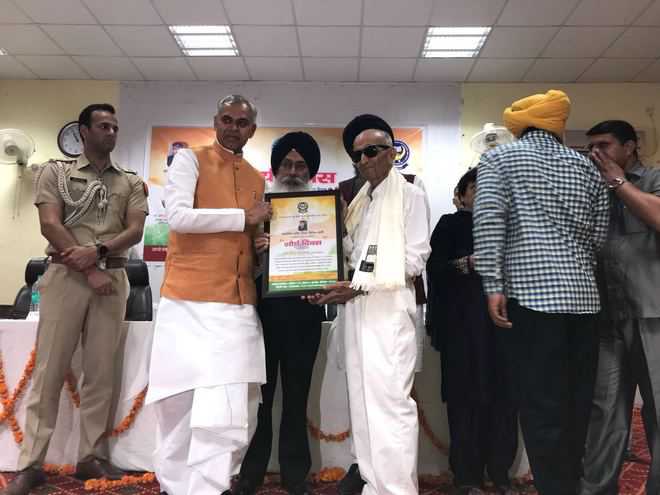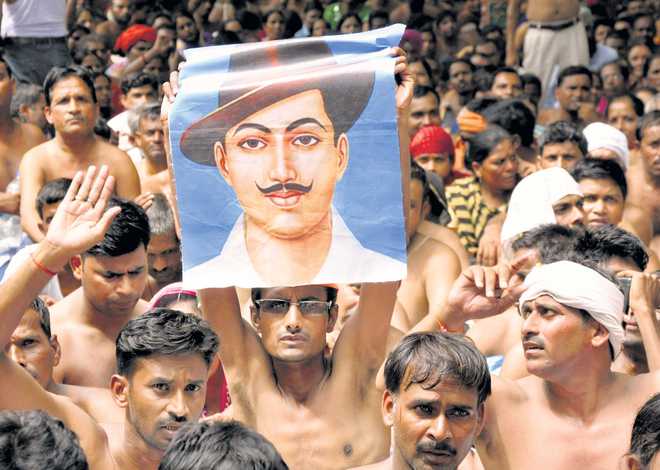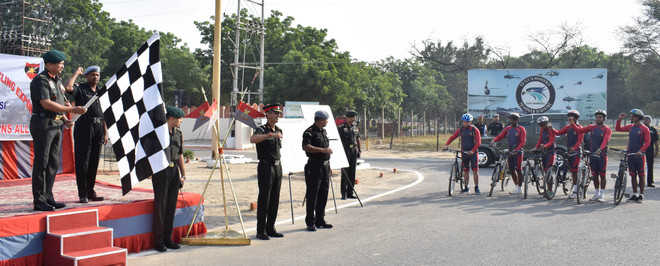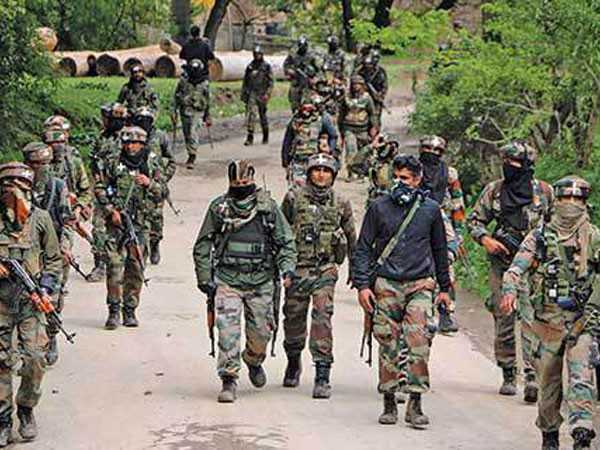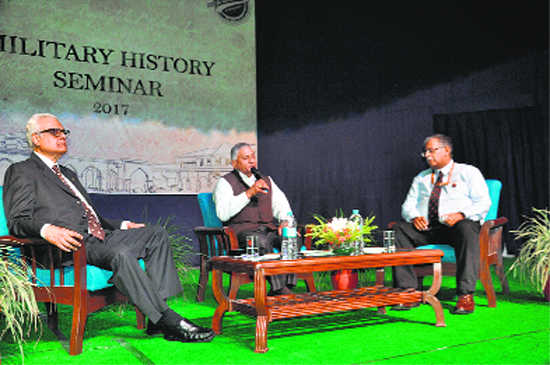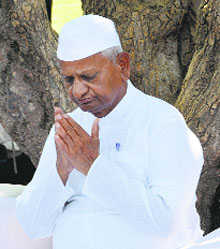Dineshwar Sharma heads to Kashmir for ‘sustained dialogue’ amid intense anti-militancy ops. Sharma’s task as Modi’s point person is daunting, yet it evokes new hopes. Honesty of purpose will define his success

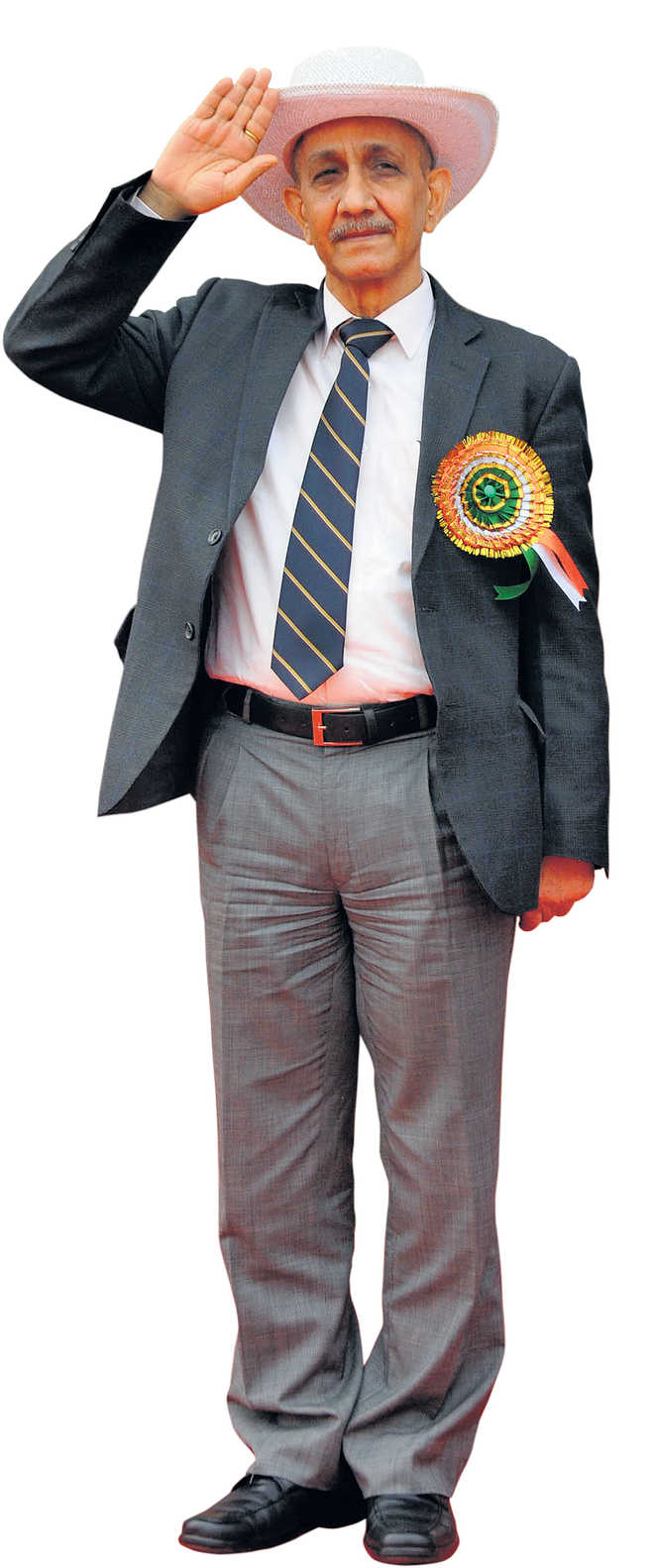
Azhar Qadri in Srinagar & Amir Karim Tantray in JammuIn politics silence can imperil reconciliation and pull governments further away from people. In Kashmir, the pause has been allowed to continue far too long, eclipsing a wide shade of opinion with a cloak of secrecy and dangerous procrastination. The Modi government’s surprise appointment of former Intelligence Bureau chief, Dineshwar Sharma, as its representative for “sustained dialogue” can rekindle openness and honesty of purpose, provided there are no traditional ifs and buts. In a departure from their habit and tradition, Kashmiri separatists have chosen not to comment, issue a statement, or in more straight words, reject the initiative.The task assigned to Sharma, whose rendezvous with Kashmir began in 1992 when he was first sent to the region — then home to uncontrollable insurgency — as an assistant director of Intelligence Bureau, is different and more challenging than his previous works.His new task as the “representative” of the Modi government is complex as radical street sentiment and militant voices are overshadowing the political spectrum within the maze of separatist structure. It is a mission which many governments in the past have failed to accomplish. The factors have been relations between India and Pakistan, a volatile regional balance, a hardline opposition at home, and also the lack of will to get the things moving.Noor Mohammad Baba, a former professor of political science, says Sharma’s appointment is indicative of New Delhi’s willingness to go beyond security measures. “There is admission in New Delhi that only security measures haven’t helped them and there is a need for going beyond that,” he said.A good half-start for Sharma’s mission is the positive pro-dialogue signals that have emerged so far from the separatist camp. The significant messaging came in a corrigendum from a faction of separatist amalgam headed by Syed Ali Geelani on June 10. It regretted inclusion of “tripartite talks” as a translation error, which reduced the core part of previous day’s statement to “negotiations are the only option.”When Union Home Minister Rajnath Singh announced Sharma’s appointment, he left substantial hints that the process has not been initiated out of nothing. He made references to his own visits to Kashmir, including the one in September which lasted four days, and to Prime Minister Narendra Modi’s August 15 speech that talked about “hugging the people of Kashmir.”The talk of possibility of talks between the Centre and separatists, and also with Islamabad, had first surfaced in spring of 2015 when Syed Ali Geelani returned from New Delhi to a welcome rally at home. The state’s PDP-BJP alliance government, then headed by Mufti Mohammad Sayeed, had allowed it. It was a first major separatist rally in Srinagar in almost half a decade and had coincided with the brief release of Masarat Alam, a firebrand deputy of Geelani.In the midst of a major standoff between Geelani and a splinter militant group based in north Kashmir later that year, a new and surprise formation of separatist conglomerate came into being which named itself the Joint Resistance Leadership — headed by a separatist troika.The fate of Sharma’s Kashmir mission effectively depends on the Joint Resistance Leadership, a conglomerate of Mirwaiz Umar Farooq, Yasin Malik and Geelani. It is these three separatists who have been consistently calling for dialogue. In their joint statement on September 15 — the troika was allowed to meet for the first time in nine month — they had said that “they were never against” a sincere, meaningful and result-oriented dialogue process among the three parties to the dispute. “(We see) it as a means of conflict resolution,” they said.Even as New Delhi was working on an option of dialogue during the past months, it adopted the carrot-and-stick approach by launching a major counter-insurgency operation and also ordering a crackdown on mid-rungs of separatist structure by authorizing the National Investigation Agency to probe terror financing. The investigation has effectively kept the mobilisers within separatist group out of circulation and rendered the top leaders ineffective and vulnerable.The interlocutor will also have to make a careful balancing act as he talks to various stakeholders of clashing and competing ideologies. In plains of Jammu division, where the mostly Hindu population favours a complete merger with the Union of India and wants thecontentious Article 370 to be removed, the sentiments clash with the dominant idea in Kashmir.
Thrice in 17 yearsBefore appointment of Dineshwar Sharma, thrice such a step was taken by New Delhi, aimed at addressing the K-issue.KC Pant, the first interlocutor (2001-2002)An MP for 26 years, he was appointed interlocutor by Prime Minister Atal Behari Vajpayee to break the ice in the Valley. Pant faced difficult times as none from the separatist group agreed to talk. Shabir Ahmed Shah, who was not associated with Hurriyat then, met the New Delhi’s point man. The process was shelved because of Hurriyat’s cold shoulder.NN Vohra, second interlocutor (2003-2008)A former bureaucrat, who is currently J&K Governor, was appointed by the Vajpayee-led govt in February 2003 with the aim to bring separatists on board, which he successfully did. The then deputy PM, LK Advani, held talks with moderate faction of Hurriyat led by Mirwaiz Umar Farooq but the same were stalled by Pakistan and their proxies. Vohra’s five-year stint as J&K interlocutor till June 25, 2008, when he was given the new role as J&K Governor to stabilize the state during difficult times of Amarnath land row, was the most effective term. Dilip Padgoankar-led three-member team (2010-2011)Former journalist Dilip Padgoankar led a three-member team at the instance of Manmohan Singh-led UPA-II government in October 2010. Academician Radha Kumar and former information commissioner MM Ansari were other two members. They were appointed after Kashmir valley saw street protests during 2010 summer when few youths were killed in a fake encounter in the Machil area of Kupwara district. Separatists didn’t talk to them but they were able to compile a report, which was then submitted to the Centre. What happened to that report is still unknown.





















































